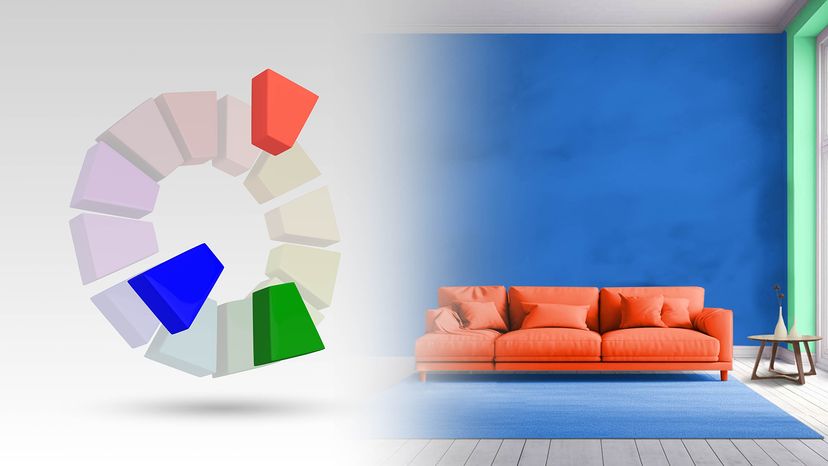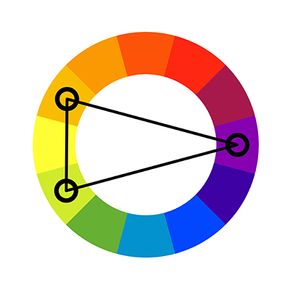
Split complementary colors are the perfect mix of contrast and harmony, offering a dynamic twist on the classic complementary color scheme.
Instead of pairing two colors directly opposite each other on the color wheel, a split complementary color scheme uses one base color and the two colors adjacent to its complement. The result? A vibrant, eye-catching palette with less visual tension than traditional complements.
Advertisement
Pairing split complementary colors offers you the contrast of complementary colors while introducing a touch of balance and nuance. The color harmony is both bold and versatile, making split complements a favorite of artists, designers and anyone who loves experimenting with color combinations.

